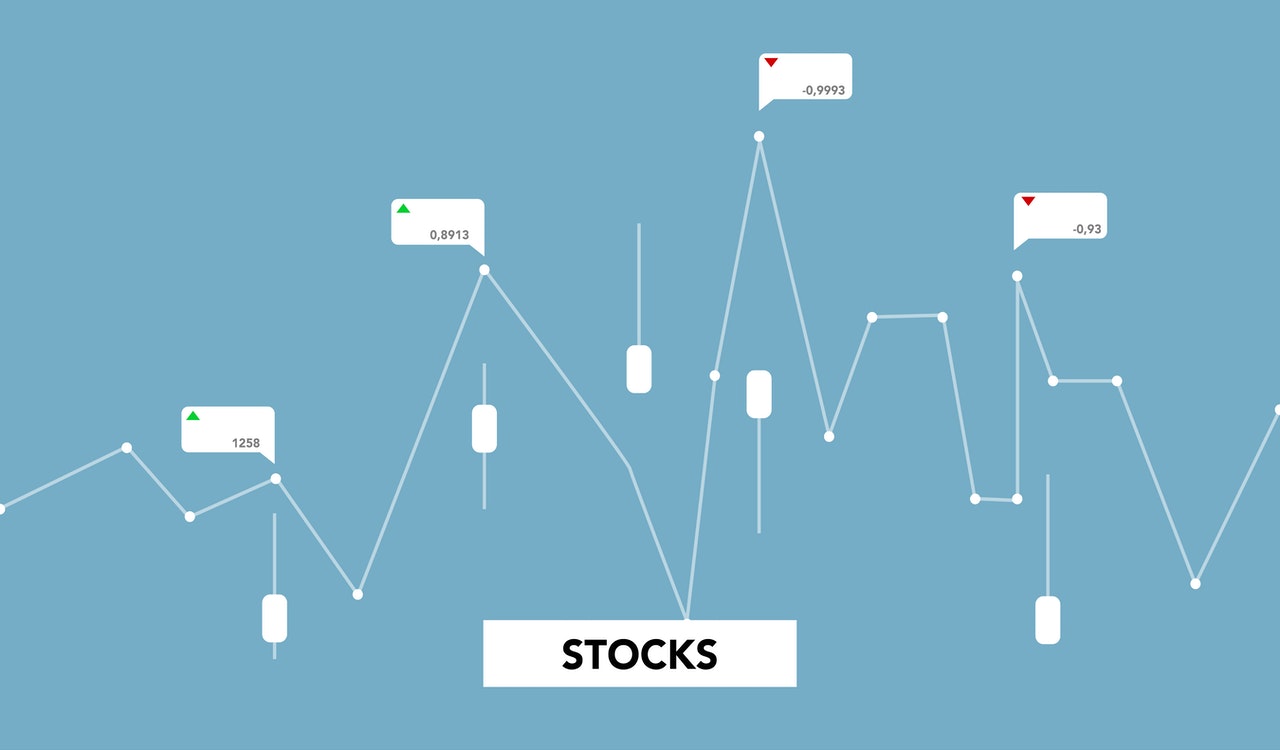The minor pairs in Forex are those currency pairs that do not include the US dollar. Traders often overlook them, but they can provide great opportunities and provide substantial profits.
Trading minor pairs
Keep these things in mind when trading the minor pairs:
- Because they are less liquid, spreads can be more comprehensive than significant pairs. It means that it can be more expensive to trade these currencies.
- Since less information is available about these currencies, it can be more challenging to predict their movements.
- Minor pairs can be more volatile than the majors because of their lower liquidity, so it is vital to use tight stop losses when trading them.
The best strategies for trading the minor pairs include trend trading and breakout trading. Because there is less information about these currencies, it is often easier to spot trends and trade breakouts than in the majors. Traders can also use technical indicators to trade the minor pairs, such as moving averages and Fibonacci levels.
Best minor pairs to trade in Forex
Some of the best minor pairs to trade in Forex include the EUR/GBP, GBP/JPY, and EUR/JPY. These pairs offer good liquidity and tight spreads. They also tend to be more volatile than the majors, providing opportunities for breakout traders.
The EUR/GBP is a trendy choice for trend traders. This pair has a strong tendency to move in clear trends. The GBP/JPY is another good choice for trend trading, as it also tends to move in well-defined trends. And the EUR/JPY is a good choice for breakout traders, as it often breaks out of its range to form new trends.
Benefits of minor pairs
Despite their challenges, there are some distinct benefits to trading the minor pairs:
- Because they are less liquid than the majors, brokers can often trade at more favourable rates.
- The lower liquidity can often lead to higher volatility, providing opportunities for breakout traders.
- Because there is less information about them, it can often be easier to spot trends and trade breakouts in the minors than in the majors.
- They are less crowded. Major currency pairs are the most popular and most traded forex pairs globally. It can make them more crowded, with more traders fighting for a piece of the action. Trading minor currency pairs can provide an opportunity to get in on the action with less competition
- Minor currency pairs can be an excellent way to add diversity to your trading portfolio, and they can also be used as hedges against other trades. Using leverage wisely can potentially make substantial profits from trading minor currency pairs.
Risks of minor trading pairs
There are risks involved in trading the minor pairs as with any trading. Because they are less liquid than the majors, spreads can be more comprehensive, making it more expensive to trade them. Additionally, since less information is available about these currencies, it can be more challenging to predict their movements.
Minor pairs can be more volatile than the majors because of their lower liquidity, so it is crucial to use tight stop losses when trading them.
When trading any currency pair, it’s important to remember that risk management is critical. Be sure to stop losses and take profit levels to protect your capital. And always trade with a well-thought-out plan. With these things in mind, the minor pairs can provide excellent opportunities for Forex traders.
Best strategies for trading the minor pairs
The best strategies for trading the minor pairs include trend trading and breakout trading. Because there is less information about these currencies, it is often easier to spot trends and trade breakouts than in the majors. Traders can also use technical indicators to trade the minor pairs, such as moving averages and Fibonacci levels.
Overall, the minor pairs can provide excellent opportunities for traders to take advantage of the Forex market’s volatility. By using appropriate strategies, traders can profit even in these less liquid markets.



